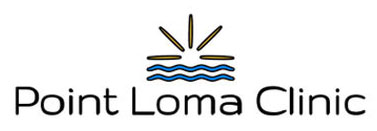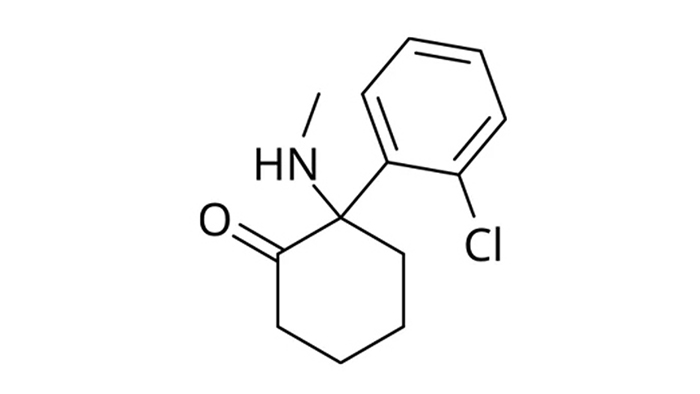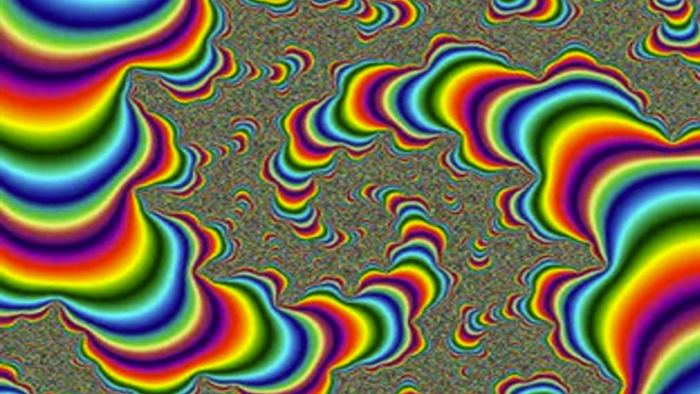Sunday, August 30, 2020
Julie Myers, PsyD
Many people with panic/anxiety symptoms are hypervigilant to internal body sensations, such as the subtle changes brought about by an increase in breathing rate. Mild anxiety or fear may trigger faster breathing in order to prepare the body for fight-or-flight via the sympathetic nervous system.
Faster breathing increases the amount of oxygen in the blood stream. Unless the body steps-up activity to use this oxygen, the oxygen level can build up while the carbon dioxide (CO2) level decreases. A decrease in CO2 causes the blood to become more alkaline, which causes the hemoglobin in the blood (which carries the oxygen to the body) to bind more tightly to the oxygen, refusing to disperse the oxygen to the tissues and organs. This overbreathing is called hyperventilation.
Decreased oxygen availability in the tissues and brain may cause feelings of dizziness, light headedness, confusion, breathlessness, blurred vision, and feelings of unreality. It also decreases blood in the extremities (which causing them to become cold and/or tingling), and causes sweating, muscles tension, and an increase in heart rate.
Individual react to these symptoms in different ways. For some, these subtle changes may lead to a full-blown panic attack, which is a period of intense fear and arousal, where the person may feel like they are dying or going crazy. Panic attacks may decrease a person’s willingness to engage in important activities, such as driving, because of the fear of having another attack.
Other individuals may attempt to reduce these symptoms by using alcohol or drugs. Alcohol and many drugs (particularly those considered “downers”) can bring immediate relief of anxiety/panic symptoms. The alcohol/drugs may slow down breathing, reduce sympathetic nervous system arousal, and bring fast relief. However, relief is only temporary and usually results in an increase in anxiety once the drugs/alcohol wear off.
Different therapies are available to treat symptoms of panic/anxiety resulting from hyperventilation:
- Breath retraining techniques can help to decrease symptoms. Retraining involves teaching the person to breathe more slowly, smoothly, and with a relaxed diaphragm. Such breathing reduces the sympathetic nervous symptom response, hence reducing anxiety. Training can be accomplished by psychophysiological techniques and/or with biofeedback.
- Interoceptive exposure, which teaches a person to recognize and tolerate normal bodily sensations such as overbreathing.
- Cognitive Behavioral Therapy (CBT) can help individuals recognize the thoughts, emotions, and behaviors involved in anxious reactions.
- Exposure to feared situations, either gradually or by “flooding”.
- Medications, such as SSRIs.
- Reduction of or abstinence from alcohol and other drugs.







